New Product Release! A Compact 1x4 MO Switch
May 2, 2020, Qingdao
We proudly announce a new product: a compact 1x4 magneto-optics switch. Built by the renowned free-space optics integration technology, the new product is of reflection-type, hence with all fibers on one side.
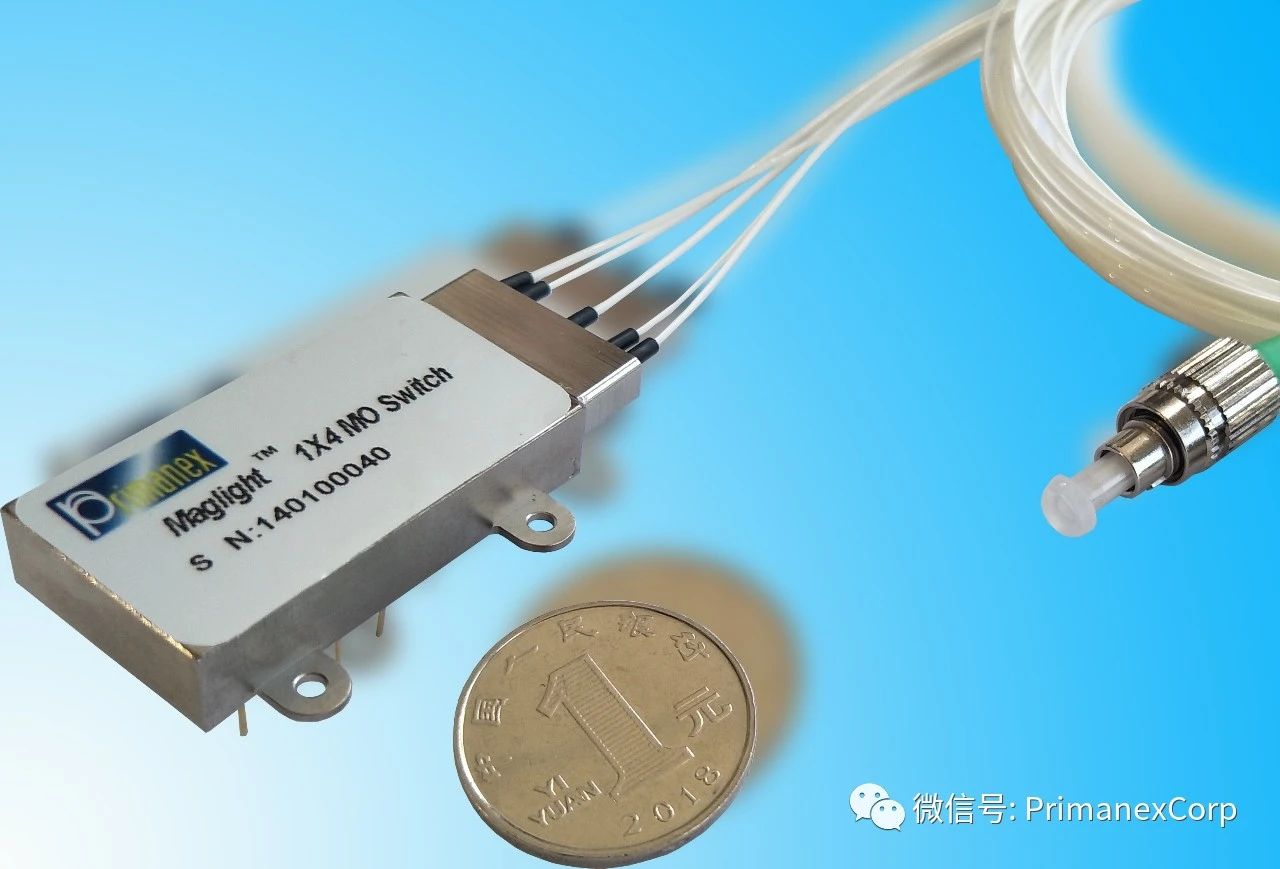
Fig.1: Reflection-type 1x4 compact MO switch
The new product supports both regular single-mode and polarization-maintaining fibers, and can handle high-power lasers. The typical performances for regular single-mode version are listed below:
• Typical insertion-loss: 0.8 dB
• Temperature dependent loss: 0.2 dB
• Cross-talk among ports: 40 dB
• Switching speed: 10~30 micro-second
• Repetition freq.: 10 KHz
• Footprint: 42 x 22.5 x 8.4 (L x W x H, mm)
Back in July of 2018, we announced a compact 1x4 MO switch which was of transmission-type. Its compact footprint and excellent performances were fully appreciated by the market however with only one compliant on the fibers. The fibers on both sides of the product unfortunately requires more space for the fiber routing and installation.
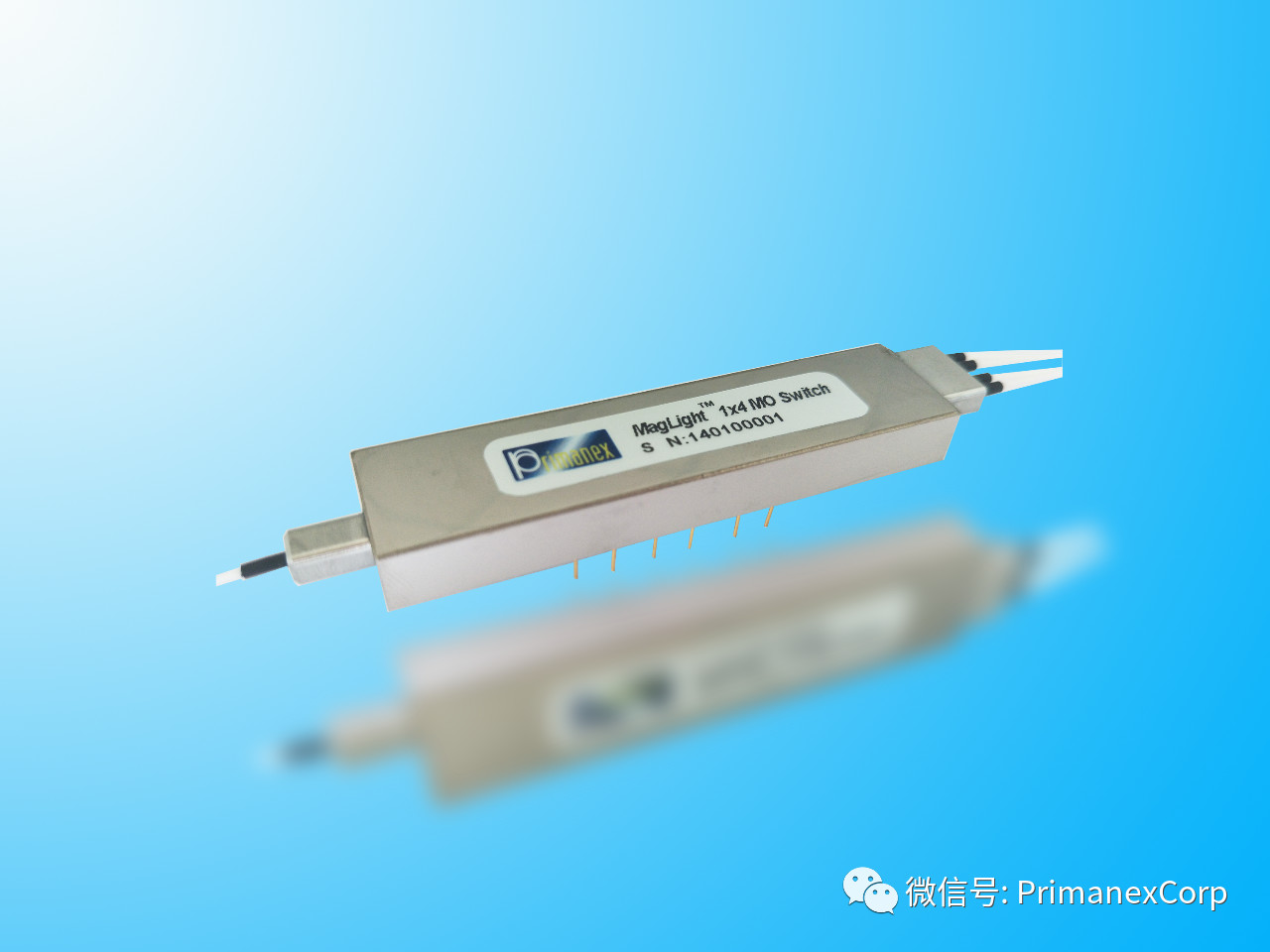
Fig.2: Transmission-type 1x4 MO switch developed in 2018
Since being easier for handling and installation, its becoming a trend to arrange all fibers on same side. Its a natural motivation for this new release.
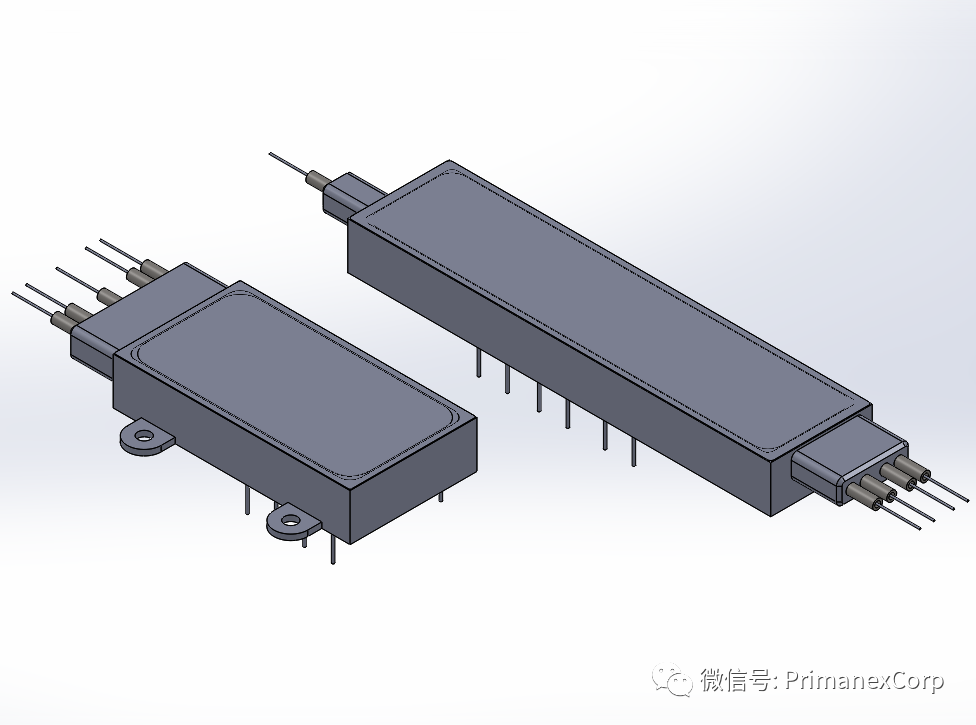
Fig.3: Schematic comparison between Tx and Rx types of 1x4 MO switch design
As shown above, the benefits brought by Rx-design are obvious: Rx-design is basically mirror folded from the center of Tx-type, hence is approximately half size (Rxs width is slightly larger). Considering the fiber bending radius limitation (usually set as 1-inch) for the fiber routing, the Tx-type apparently requires more space on one side. Since such compact device is a pure-optics block, it has to be mounted on a PCBA for normal operation. For safety consideration, such "optical block + PCBA" is usually put inside a module box. Such module built with Rx-type device is about one fourth of that built by Tx-type one in terms of size simply due to Rx-types feature of all fibers on same side. If further compared against the conventional module built by fiber cascading multiple individual 1x2 devices, the Rx-type module is only one seventh of former size which is of course a significant saving of space.
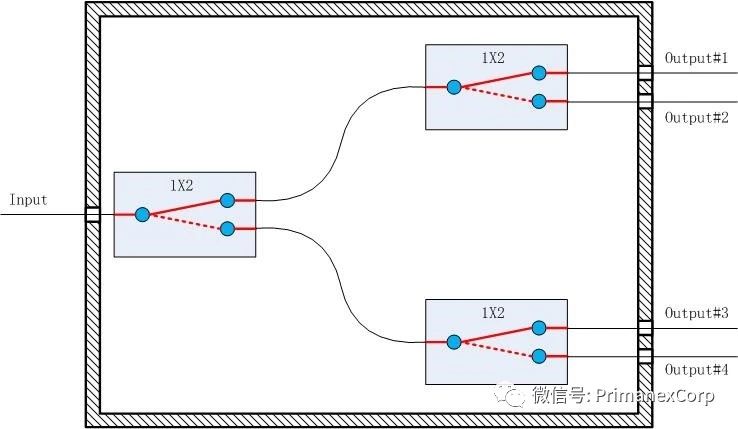
Fig. 4: Conventional 1x4 switch built by fiber cascading individual components
A conventional 1x4 switch is built by cascading 3 individual 1x2 devices in two levels as shown in Fig.4. Light passing from input port to anyone of the four outputs goes through two individual devices, hence experiences double losses of one device. Such loss increases with the port-count apparently. Take 1x8 switch as example: it requires 7 1x2 devices in 3 levels, hence loss for any output port is actually coming from 3 devices. Historically speaking, such fiber cascading approach is a more industrial solution, which is good for volume production, but obviously not appropriate for high port-count application due to its dramatically increasing loss, not to mention its much larger footprint that is immediate consequence of fiber bending radius limitation.
Light beam confined in fiber waveguide diverges upon exiting fiber end-surface, and propagates in the free-space in a way very similar with Gaussian beam. Such light diverging from fiber would be no use at all if without being collimated by a lens. The collimated light would then travel to specific functional parts such as mirror, filter and crystal etc. to realize specific functionalities such as switch, isolator, VOA and WDM etc, and is finally coupled by another lens to the exit fiber. This is a typical light beam path for fiber-optics components. The insertion loss for such optical component is mainly contributed by fiber collimating and coupling, i.e., losses from a pair of fiber-optics collimators (one for launching, another for receiving). Introduced by lens aberration, light diffraction and optical surface transmission and scattering etc., the typical insertion loss for a pair of collimators is 0.25 dB. Take one regular MO 1x2 switch as an example, the loss at single wavelength under room temperature is typically 0.5 dB during alignment phase in production, half of which is from collimators. Going further to consider the wavelength-dependent loss, polarization-dependent loss, temperature-dependent loss, parts tolerances, volume manufacturing tolerances and long-term aging etc., one would be not surprised to find out the loss specification for such device is 1.1 dB. By cascading such individual devices to implement multi-port module, the above mentioned losses and tolerances repeat and accumulate with the cascading levels. It simply does not make logical and economical senses.
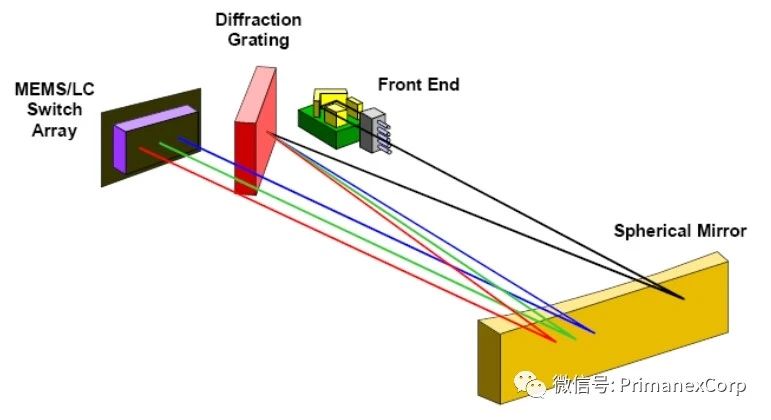
Fig.5: Schematic illustration of free-space optics integration (from previous JDSU public disclosure)
If however light in between individual fiber-optics components propagates in free-space instead of being confined in fiber, i.e., fiber collimating and coupling happen only once at input and output ports, the significant drawback of loss accumulating for conventional fiber cascading approach would be eliminated, and a further saving of space could be realized too since there is no longer fiber routing limitation. This is the exact idea of so-called “free-space optics integration". Fig.5 illustrates the beam path of a WSS (wavelength-selective switch) which is always claimed as Jewel on the Crown in the passive optical components arena, and is the best example to showcase idea of free-space optics integration. Light is launched from input fiber and propagates in the free-space after collimating, gets bounced back and forth in a zig-zag way among individual optical parts that are attached on a thermally insensitive precision template, and is ultimately coupled to exit fiber. The loss for one route from input to any one specific output is then contributed by only one pair of fiber collimators, transmission and scattering losses of parts within the beam path no matter however complicated the beam path is. The newly developed Rx-type 1x4 MO switch is exactly designed with such idea. The benefits brought by free-space optics compared against conventional fiber cascading approach are getting more obvious with increasing of port-count as shown in following table.
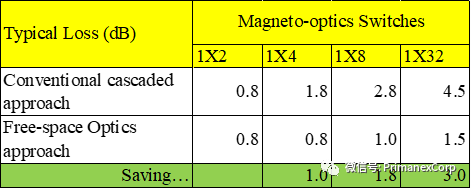
Table.1: Comparison of loss budget between two approaches
Since initiated in silicon valley back in 2000, Primanex MO switches have been successfully serving worldwide fiber-optics communication, fiber sensing, instrumentation, renewable energy and scientific sectors, and have become a symbol in high-end optical switches meanwhile pioneering the magneto-optics technology for nearly 20 years. The following figure shows a snapshot of history of Primanex MO switches.
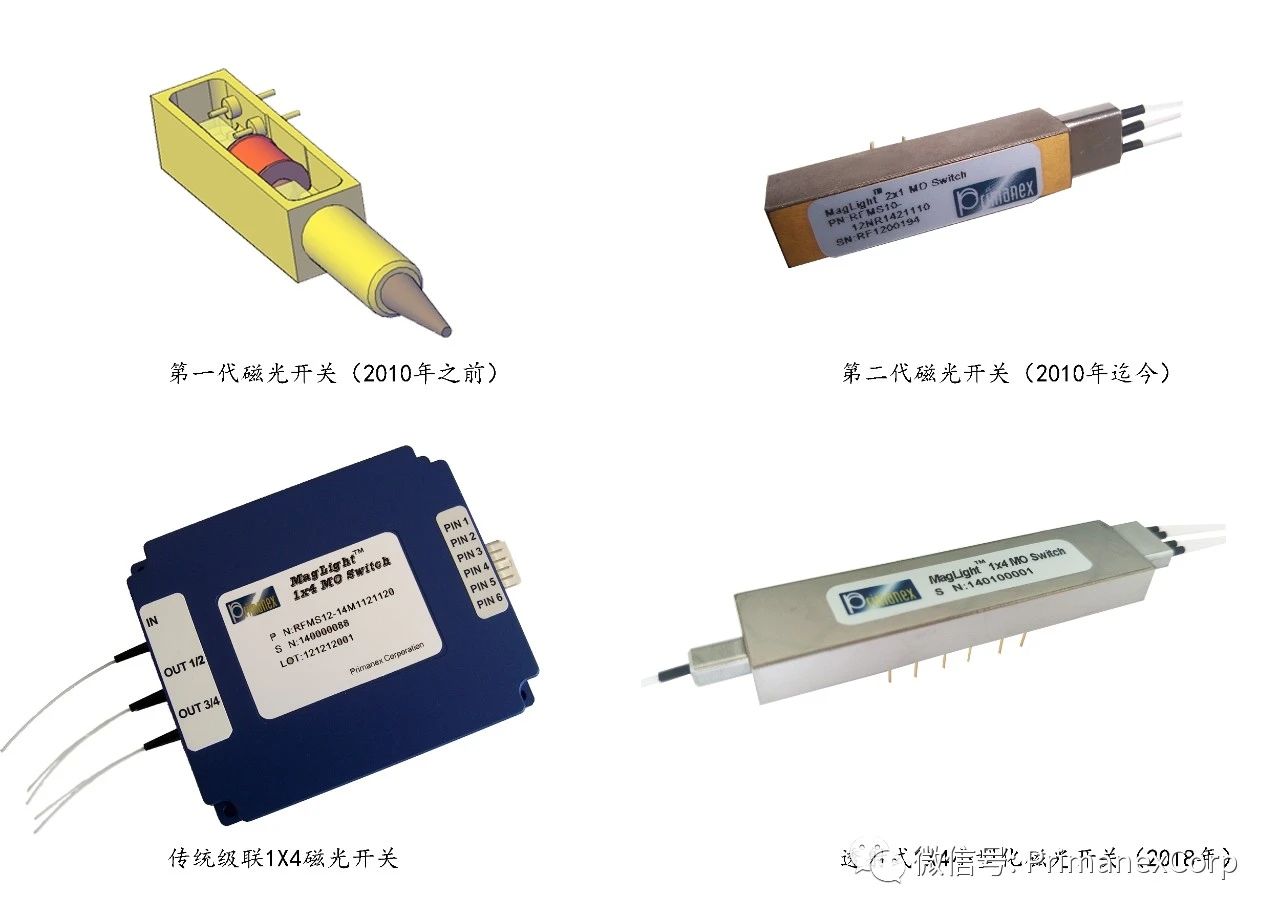
Fig.6: A snapshot of Primanex MO switches history (shown here is not proportional)
1. First Generation: continuously serving markets from 2000 to 2010, built by "soldering" technique that was developed in fiber-optics communication industry in late 90s. "Soldering"? Yes, a bit hard to think of indeed that such precision optics were actually built by soldering. Just imagine the scene of a production line with lines of operators each holding an electric soldering iron at hand...
2. Second Generation: serving markets from 2010 to now, built by "all-glass-epoxy" technique that was developed in the same industry around 2001. Compared against "soldering" technique, the "all-glass-epoxy" builds products with smaller temperature dependence and higher production consistency.
3. Third Generation: we began to develop optical delay lines and multi-port switches on the free-space optics integration platform around 2015. The Tx-type compact 1x4 switches are one of the examples of this category, and the new release belongs to this category too.
Primanex will continue to develop high port-count switches and compact N-bit optical delay lines to accommodate increasingly higher demand from lidars, instrumentation and next-gen phased array radars etc. For more information about MO switches, please refer to Primanex website (WWW.Primanex.Com.CN)